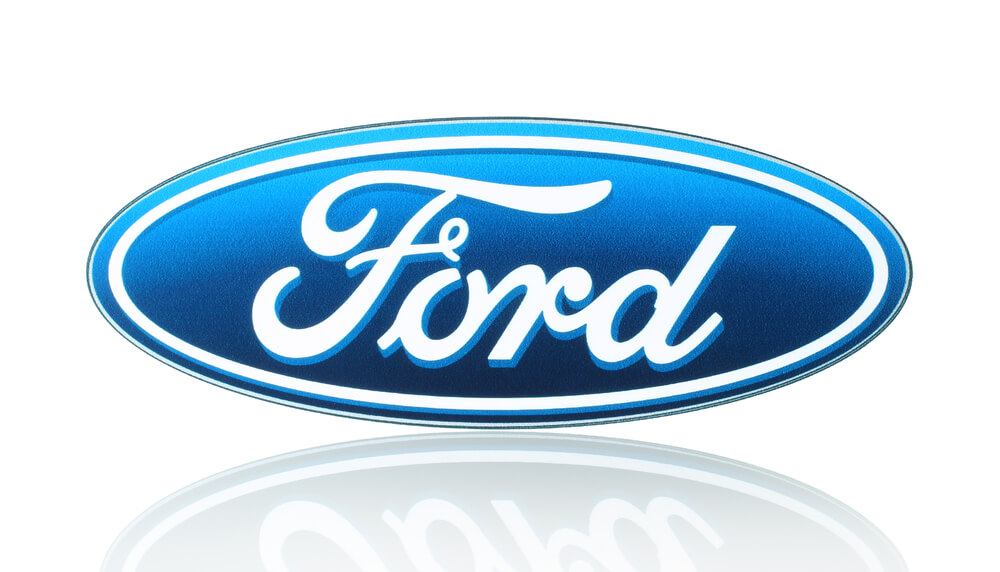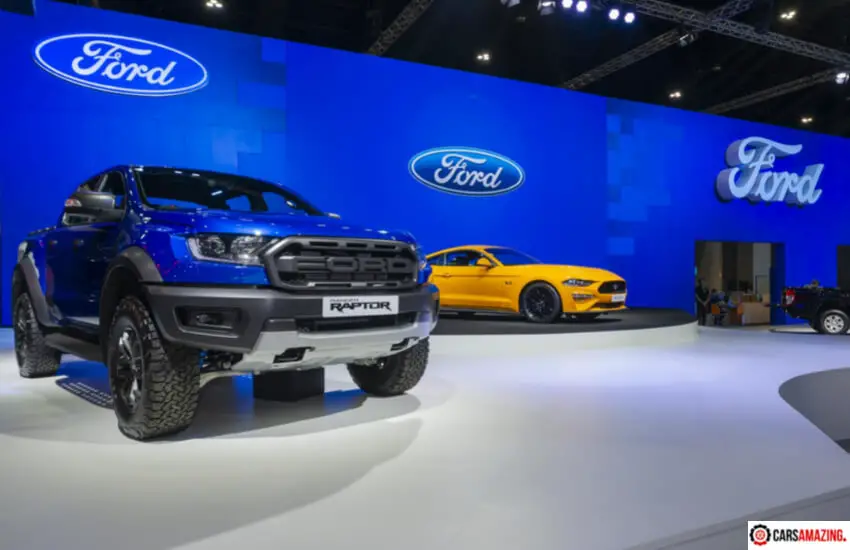Last Updated on February 13, 2023 by Leepu Da Maxim
Despite its early popularity, the Lincoln LS was phased out of production in 2006 due to low sales. With the weak sales and Ford’s plan to stop LS manufacturing entirely, Lincoln withdrew the V6 when it entered its final production year in 2006. However, instead of developing a second-generation vehicle, Lincoln returned to the pointless business of rebadging Ford.
Key Takeaways
- Some important reasons Ford stopped the production of the Lincoln LS in 2006 are the decline in sales, high production costs, reduced customer demand, etc.
- Lincoln LS was first introduced in 1999 as a luxury sports sedan but since its introduction, it faced hard competition from BMW, Mercedes-Benz, and Lexus
- According to many experts, Lincoln LS had an outdated design and limited features compared to its competitors
- The production cost of the Lincoln LS was also very high, therefore its selling price was also high compared to its competitors
What Specifically Made Ford Stop The Lincoln LS Manufacture?

The Lincoln LS has several flaws that limit its use for sport and touring. This article contains some of the most widely reported difficulties with the LS, which finally led to Ford considering discontinuing the Lincoln LS brand.
1. Constant Engine Delay And Shutting Down Complains
The 2004 Lincoln LS has a lot of engine troubles. Many owners have complained about their engines stopping or shutting down unexpectedly. There could be several reasons for this.
The first issue is a lack of fuel pressure. It may shut down if the engine does not receive enough fuel from the tank at lower speeds. The issue could be a faulty fuel pump or a dirty fuel injector.
A faulty oxygen sensor or mass airflow sensor is another possibility. These components determine the amount of oxygen necessary for your engine to run. The engine will not have much power if there is too little oxygen.
According to many owners, the Lincoln LS catalytic converter had to be replaced. Exhaust gases can build up within your automobile if the catalytic converter becomes blocked, causing your engine to stall due to exhaust pressure.
If you’re seeking to buy a 2004 Lincoln LS, make sure to inquire about the engine history of the vehicle.
2. Concerns With Overheating
Many owners have complained about their 2002 Lincoln LS overheating. After 110,000 miles, one owner stated that their cooling components had become brittle.
That indicates that their coolant overflow tank has been tampered with. Excess antifreeze has no way out of the cooling system if the overflow tank fails, so it spills out of the radiator cap and corrodes metal parts. Because the cooling system controls the engine’s temperature, it will eventually overheat if the cooling components rust.
A coolant leak from a punctured radiator hose or a faulty water pump can also cause overheating. Because there isn’t enough air circulating through the vehicle’s stationary system, cooling system difficulties are most common in congested areas.
3. Breakdown Of The Timing Chain
One can blame Bad timing chains for engine difficulties in several 2000 Lincoln LS models. Timing chains can grow loose over time due to normal use, leading them to jump a tooth or break.
A faulty timing chain can throw off the engine’s timing and cause various problems, including engine failure and poor fuel economy. A faulty timing tensioner might also cause engine difficulties. Timing chains can fail if they are not tensioned. These are just a few of the engine issues that the 2000 Lincoln LS has.
4. Misfiring Engine
At around 80,000 miles, several 2003 Lincoln LS owners have reported misfiring engines. A cracked valve gasket was the source of an engine problem in a Lincoln LS. When the gasket fails, motor oil can leak out of the engine and onto the heated components of the car, causing an unpleasant odor. When oil gets into the spark plugs, the engine misfires or runs rough.
5. Releasing Hot Air From The A/C
Many owners of the 2006 Lincoln LS have complained about their air conditioning system blowing hot air. According to CarComplaints users, there are two common solutions to this problem. Road debris might become lodged in the grate of your car, blocking air passage to the compressor.
The compressor will not disperse the heat and humidity inside the refrigerant if it becomes clogged or damaged. Dirt, dust, and mud might get stuck on your grate if you don’t clean your Lincoln LS. A refrigerant leak is another possibility. Leaks can occur when your Lincoln LS has aged hoses or pierced evaporators. It might be difficult to detect refrigerant leaks because it evaporates faster than motor oil or antifreeze.
Was The Lincoln LS Brand Competitive And Customer Satisfactory?
The LS was the first car created by Ford in many years that genuinely had a chance of gaining BMW and Audi buyers.
They based it on a rear-wheel-drive basis shared with the Jaguar S-Type and the revived Ford Thunderbird. Of course, the LS had its flaws, the most notable of which was that it lacked the elegance of its German counterparts. Still, the combination of rear-wheel drive and a reasonably powerful V8 engine in an American-built sport sedan was a compelling proposition.
The LS, like the current MKZ, was created to appeal to a younger generation of purchasers.
For the people who have no desire to drive a yacht-sized Continental, Town Car, or anything of the sort, the LS was equipped with a 3.0-liter V6 engine that produced 210 horsepower and was available with the five-speed manual or automatic transmission.
The optional 3.9-liter V8 with 252 horsepower was the obvious choice for enthusiasts, albeit one could only order it with the automatic transmission because the manual couldn’t manage the high torque output.
V8 model’s performance was likewise respectable for the period, reaching 60 mph in just over seven seconds from a standstill.
The Lincoln LS Facts
The Lincoln LS was a derivative of the Jaguar S-Type, developed alongside the Jaguar X-Type under the Ford administration.
The LS was an outcast that didn’t have a heritage and didn’t share its platform with any other Ford vehicles, so it’s not odd that it got phased out to cut links with Jaguar.
When the sales of the Lincoln LS Model dwindled, the Company had to halt its production to minimize losses.

Hi, I’m Leepu Da Maxim , a dedicated car enthusiast with over 10 years of experience in this field, and I’m thrilled to share my passion and expertise with fellow car enthusiasts like you. My journey began in my hometown West Jordan, Utah, where my fascination with the mechanics and design of cars sparked at a young age. Over the years, this passion has evolved into a commitment to providing accurate, insightful, and engaging information about all things automotive through CarsAmazing .

